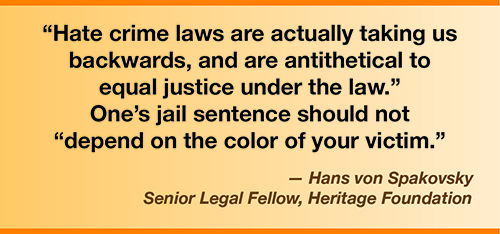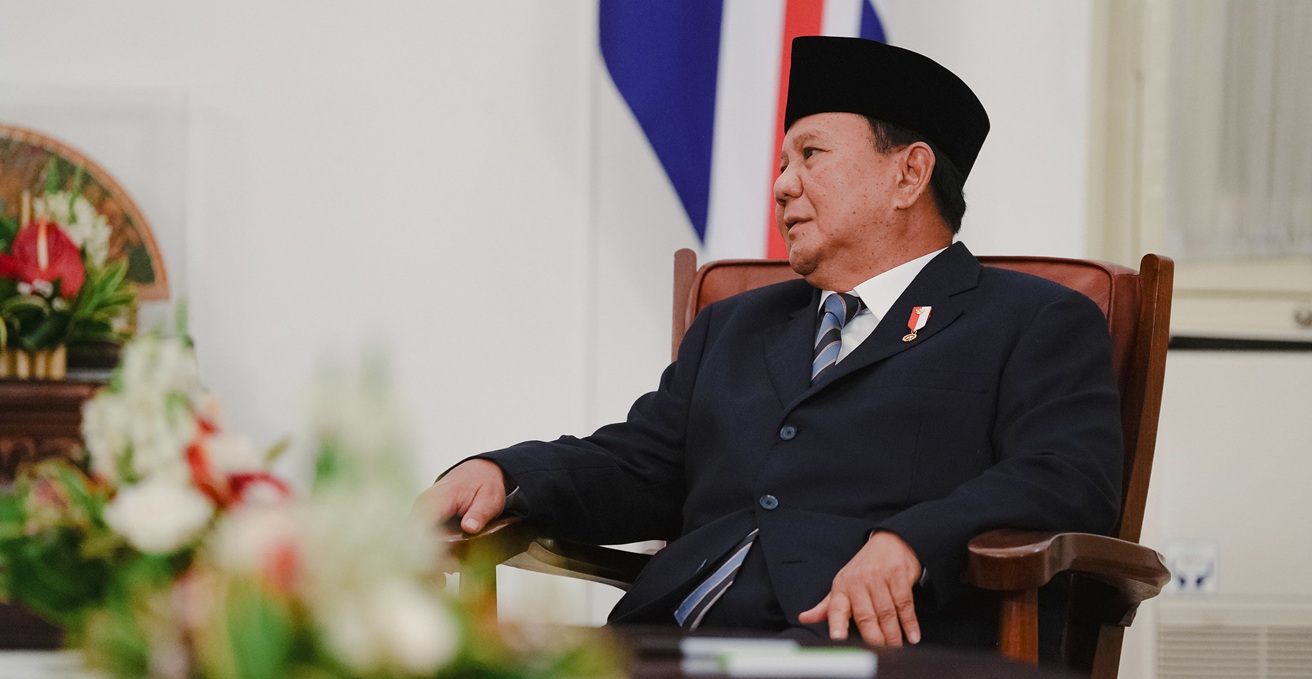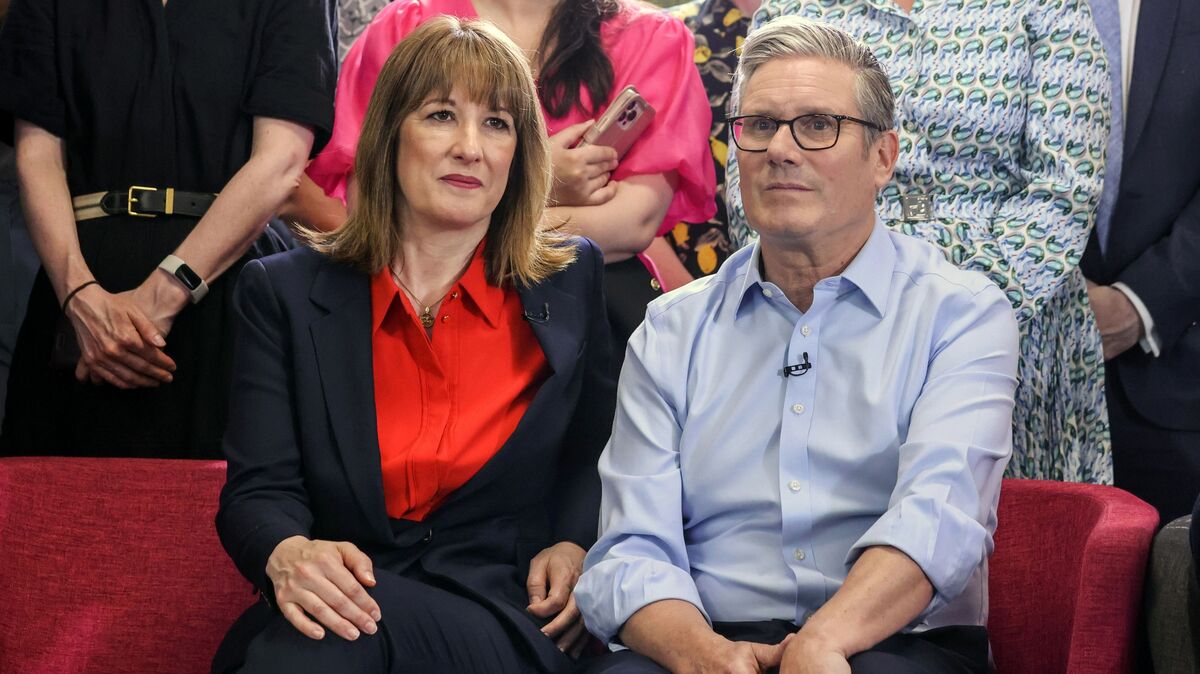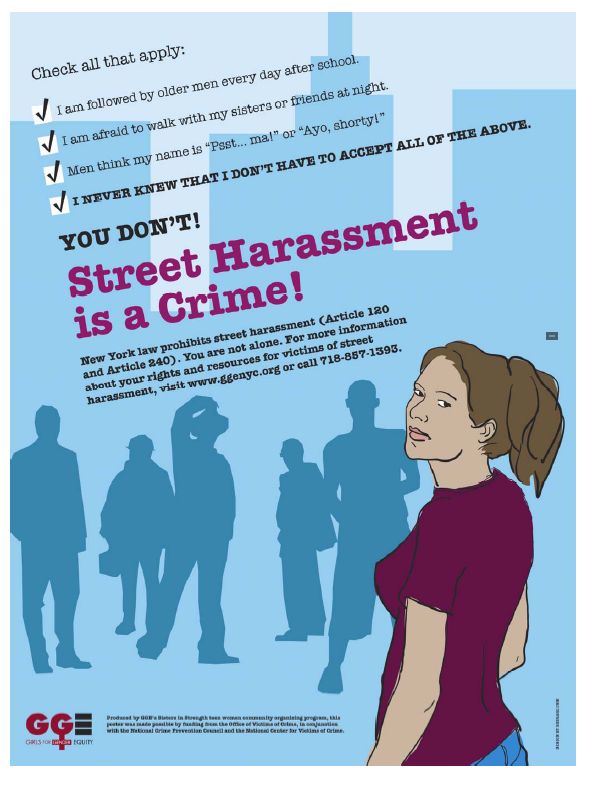Gender Quotas and Female Representation in Australian Federal Politics: A Report on Recent Developments and Sustainable Development Goals
Introduction
In the context of advancing Sustainable Development Goals (SDGs), particularly SDG 5 (Gender Equality) and SDG 10 (Reduced Inequalities), the issue of gender representation in Australian federal politics remains critical. This report examines the historical and contemporary debates surrounding gender quotas within the Liberal and Labor parties, highlighting the implications for political diversity and equality.
Historical Context of Gender Quotas in Australian Politics
- Labor Party’s 1994 Gender Quotas: At its national conference in Hobart, September 1994, the Labor Party voted to implement gender quotas requiring women to be preselected for 35% of winnable seats by 2002. At that time, women constituted less than 15% of Labor’s parliamentary ranks.
- Opposition from Female Liberal MPs: Five female Liberal MPs—Bronwyn Bishop, Jocelyn Newman, Amanda Vanstone, Judi Moylan, and Chris Gallus—publicly opposed the quotas, arguing that they demeaned women and institutionalized minority status in frontline politics. They described quotas as a “reverse form of discrimination” and a “vote of no confidence” in women’s abilities.
Contemporary Developments and Challenges
- Current Female Representation in Parliament: Following the 3 May federal election, the Liberal Party faces criticism for having only six female MPs out of 28 in the lower house, compared to Labor’s 50 female MPs.
- Lowest Female Representation Since 1993: An assessment by outgoing Liberal Senator Linda Reynolds revealed that the Liberal Party will have its lowest number of women in parliament since before Labor adopted quotas.
- Liberal Party Leadership and Diversity Initiatives: Sussan Ley, the Liberal Party’s first female leader, has committed to becoming a “zealot” for increasing diversity but remains agnostic about the implementation of quotas, citing the federated nature of the party and state branch autonomy over preselection rules.
Internal Party Debates on Gender Quotas
- Opposition to Quotas:
- Former Prime Minister Tony Abbott rejected quotas, emphasizing the “merit principle” and labeling quotas as “fundamentally illiberal.”
- Senior conservative Angus Taylor opposed quotas, arguing they “subvert democratic processes” and advocated for mentoring, recruitment, and support instead.
- Support for Quotas:
- Former Finance Minister Simon Birmingham called for “hard, fast and ambitious” quotas post-election.
- NSW Senator Maria Kovacic acknowledged current measures are insufficient and supports quotas as a short-term solution.
Implications for Sustainable Development Goals
The ongoing debate and actions regarding gender quotas in Australian politics directly relate to the achievement of several SDGs:
- SDG 5: Gender Equality — Increasing women’s representation in parliament promotes gender equality and empowers women in decision-making roles.
- SDG 10: Reduced Inequalities — Addressing structural barriers to political participation contributes to reducing inequalities across gender lines.
- SDG 16: Peace, Justice, and Strong Institutions — Enhancing diversity within political institutions strengthens democratic processes and governance.
Lessons from Labor’s Quota System
- Labor’s adoption of a “40:40:20” quota system in 2012 aimed to ensure at least 40% of seats were held by women and 40% by men, with 20% open to any candidate.
- The party achieved gender equity ahead of its 2025 target, reaching 53% female representation after the 2022 election.
- This success demonstrates that quotas are an effective mechanism for increasing female political participation and representation.
Conclusion and Outlook
The Liberal Party’s reluctance to adopt gender quotas contrasts with the Labor Party’s progress and highlights ideological divisions within Australian politics. The Sustainable Development Goals provide a framework emphasizing the importance of gender equality and inclusive institutions. The persistence or resolution of opposition to quotas may significantly influence the future political landscape and the realization of SDG targets in Australia.
1. Sustainable Development Goals (SDGs) Addressed or Connected
- SDG 5: Gender Equality
- The article focuses on gender quotas in politics, representation of women in parliament, and efforts to increase female participation in political leadership, directly relating to SDG 5.
- SDG 10: Reduced Inequalities
- The discussion about minority status of women in politics and calls for diversity and inclusion relate to reducing inequalities.
- SDG 16: Peace, Justice and Strong Institutions
- Improving political representation and democratic processes, as well as addressing institutional barriers, connects to building effective, accountable institutions.
2. Specific Targets Under Those SDGs Identified
- SDG 5: Gender Equality
- Target 5.5: Ensure women’s full and effective participation and equal opportunities for leadership at all levels of decision-making in political, economic and public life.
- Target 5.1: End all forms of discrimination against all women and girls everywhere (implied through discussion on discrimination and minority status).
- SDG 10: Reduced Inequalities
- Target 10.2: Empower and promote the social, economic and political inclusion of all, irrespective of gender, ethnicity, or other status.
- SDG 16: Peace, Justice and Strong Institutions
- Target 16.7: Ensure responsive, inclusive, participatory and representative decision-making at all levels.
3. Indicators Mentioned or Implied to Measure Progress
- Proportion of women in parliament
- The article mentions statistics such as “six of their 28 lower house MPs in the new parliament will be women” and Labor achieving 53% female representation after the 2022 election, indicating the use of the indicator measuring the percentage of women in national parliaments.
- Adoption and implementation of gender quotas
- References to quota systems (e.g., Labor’s 35% quota by 2002, 40:40:20 system, and targets for 50% female representation) imply measuring progress through policy adoption and compliance rates.
- Diversity in candidate recruitment and support
- Mentions of mentoring, recruitment, and support for women and multicultural candidates suggest qualitative indicators related to diversity initiatives and candidate pipeline development.
4. Table: SDGs, Targets and Indicators
| SDGs | Targets | Indicators |
|---|---|---|
| SDG 5: Gender Equality |
|
|
| SDG 10: Reduced Inequalities |
|
|
| SDG 16: Peace, Justice and Strong Institutions |
|
|
Source: theguardian.com







